
Throughout history, the oceans have been home to some of the most massive and fearsome predators known to humankind. Sharks, with their streamlined bodies and razor-sharp teeth, have long captured the imagination of scientists and enthusiasts alike. Among these marine giants, a select few stand out due to their sheer size and predatory prowess. This article dives into the ten largest sharks ever known to roam the seas, offering a glimpse into their fascinating existence.
Megalodon: The Apex Predator
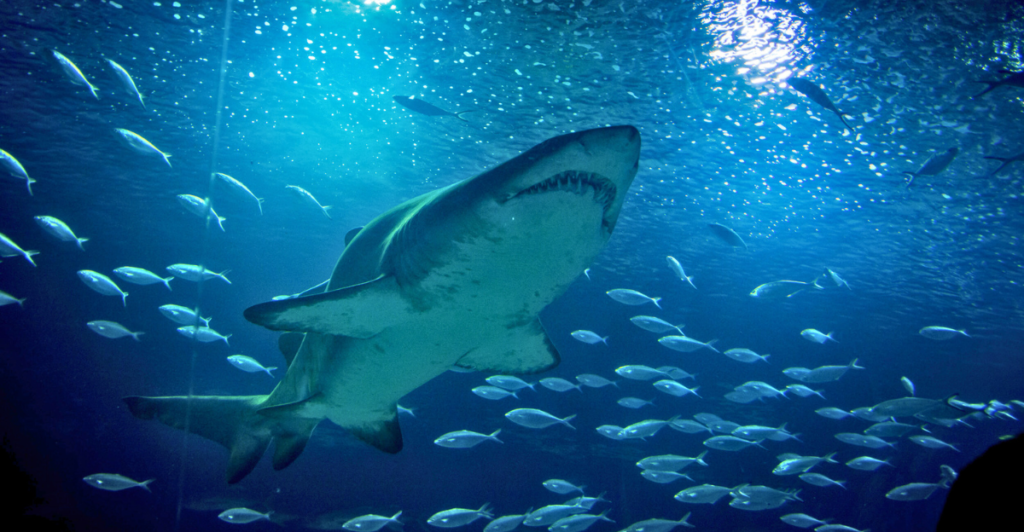
At the top of the list is Carcharocles megalodon, the largest shark ever to have lived. This prehistoric giant could reach lengths of up to 60 feet, dwarfing even the largest modern-day sharks. Megalodon’s teeth, some of which measured over seven inches long, were capable of crushing the bones of large marine mammals. This apex predator ruled the oceans approximately 23 to 3.6 million years ago, before mysteriously going extinct.
Whale Shark: The Gentle Giant
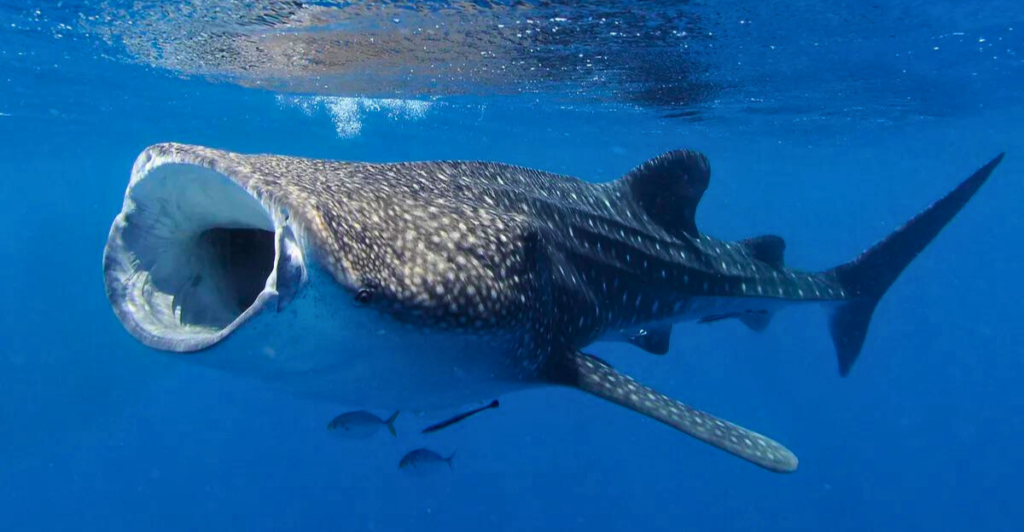
The whale shark (Rhincodon typus) holds the title for the largest living shark species, reaching lengths of up to 40 feet. Despite its immense size, the whale shark is a filter feeder, consuming plankton and small fish. Its gentle nature and striking, spotted appearance make it a favorite among divers and marine biologists.
Basking Shark: The Surface Feeder
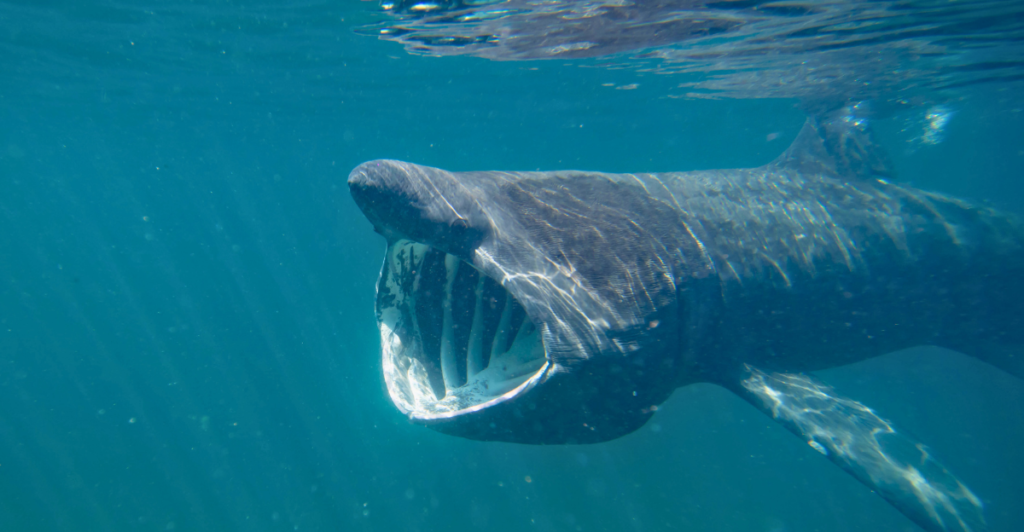
Similar in size to the whale shark, the basking shark (Cetorhinus maximus) is another colossal, yet docile, filter feeder. These sharks can grow up to 40 feet long and are often seen cruising near the surface with their massive mouths agape, filtering plankton from the water. Basking sharks are found in temperate oceans around the world.
Great White Shark: The Ocean’s Icon
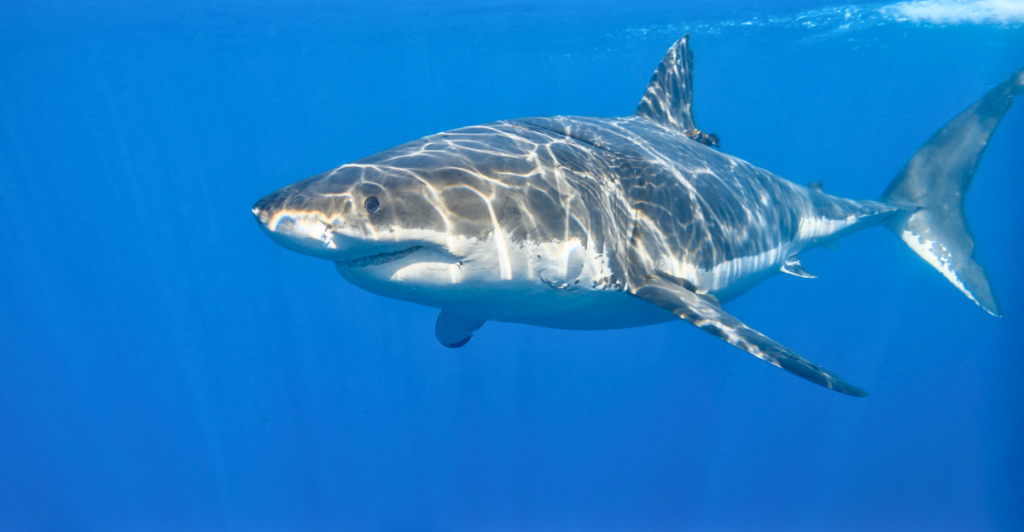
The great white shark (Carcharodon carcharias) is arguably the most famous shark species, thanks to its fearsome reputation and frequent appearances in media. Although smaller than the whale and basking sharks, great whites can still reach lengths of up to 20 feet. Known for their powerful bites and predatory skills, great whites are apex predators in their habitats.
Tiger Shark: The Striped Hunter
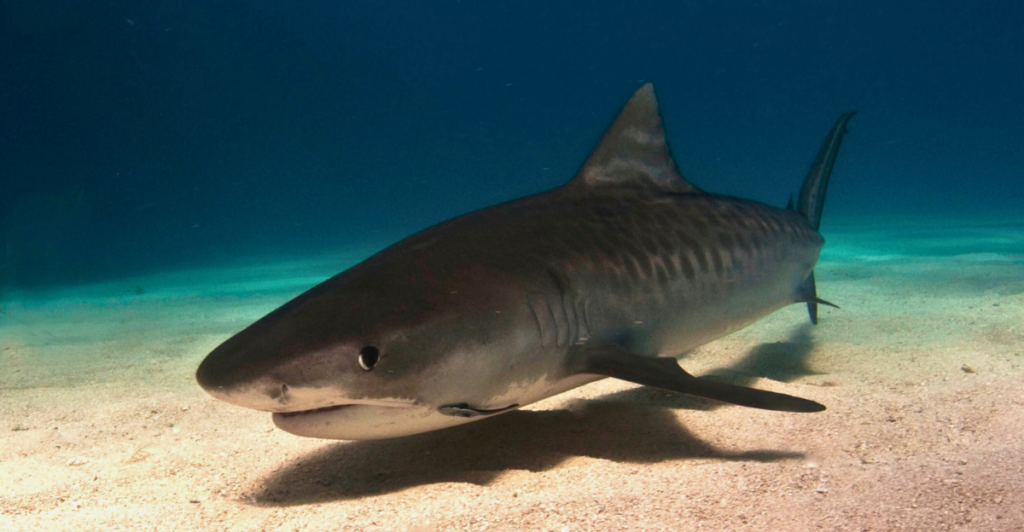
The tiger shark (Galeocerdo cuvier) is a formidable predator known for its distinctive stripes and voracious appetite. Reaching lengths of up to 16 feet, tiger sharks are opportunistic feeders, consuming a wide range of prey from fish to sea turtles. Their adaptability makes them one of the most successful shark species in various marine environments.
Greenland Shark: The Arctic Behemoth
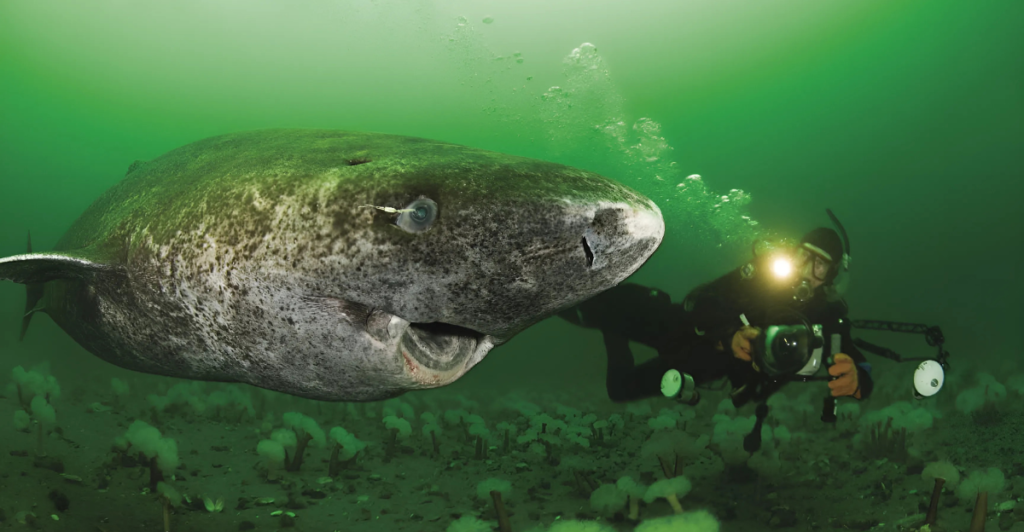
The Greenland shark (Somniosus microcephalus) is a mysterious, slow-moving giant of the deep. Found in the icy waters of the North Atlantic, these sharks can reach lengths of up to 24 feet. Remarkably, Greenland sharks are believed to be one of the longest-living vertebrates, with lifespans that can exceed 400 years.
Hammerhead Shark: The Unmistakable Silhouette
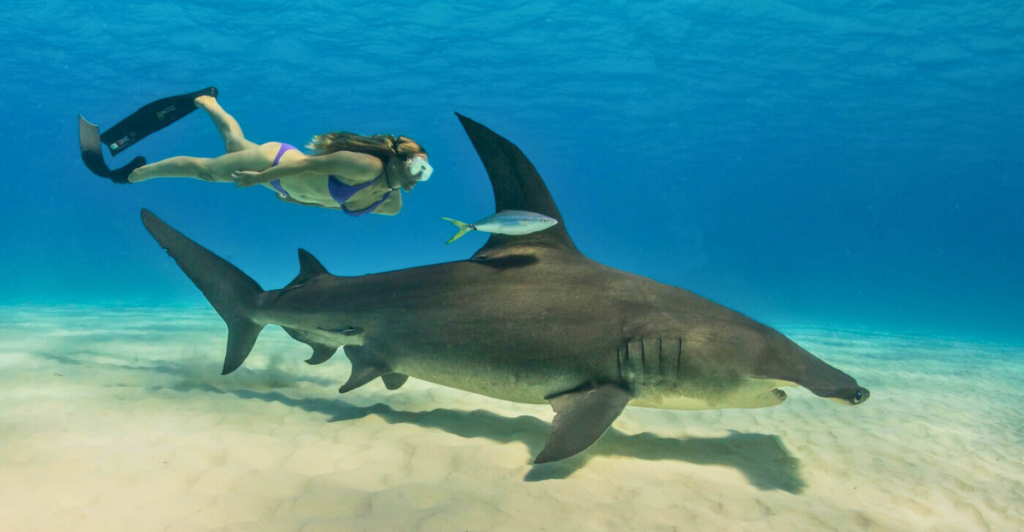
Known for their unique, hammer-shaped heads, hammerhead sharks encompass several species, with the great hammerhead (Sphyrna mokarran) being the largest. These sharks can grow up to 20 feet in length. Their distinctive head shape enhances their sensory capabilities, allowing them to detect prey more efficiently.
Thresher Shark: The Whip-Tailed Predator
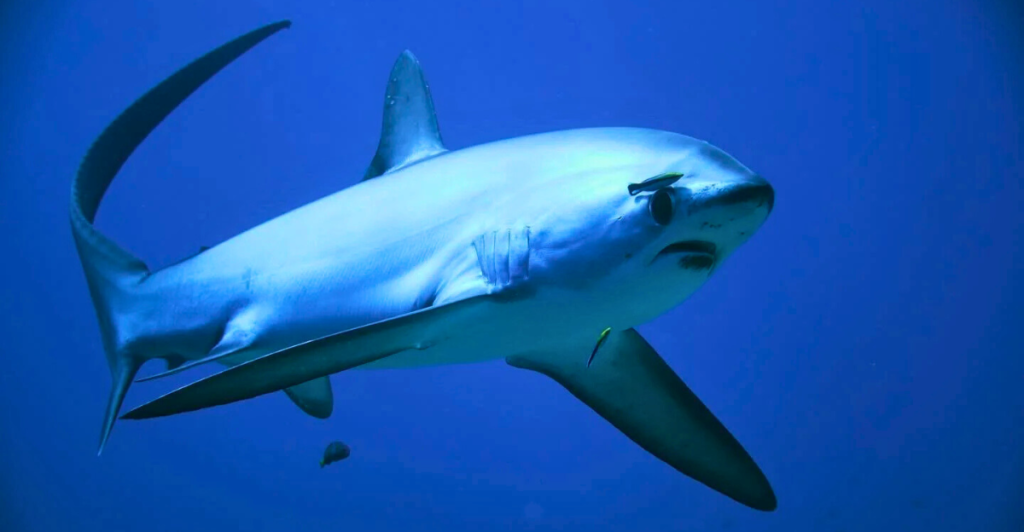
Thresher sharks are easily recognizable due to their long, whip-like tails, which they use to stun prey. The common thresher (Alopias vulpinus) is the largest of the species, reaching lengths of up to 20 feet, with the tail comprising nearly half of its body length. Threshers are known for their impressive leaping abilities and are found in temperate and tropical oceans.
Goblin Shark: The Living Fossil
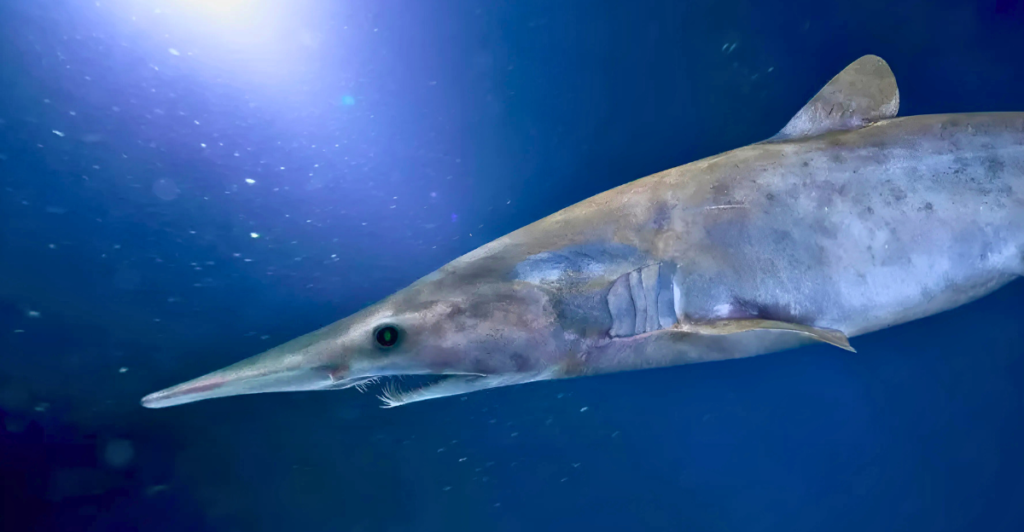
The goblin shark (Mitsukurina owstoni) is a rare, deep-sea species often referred to as a “living fossil” due to its ancient lineage. These sharks can grow up to 13 feet long and are known for their distinctive, protruding snouts and extendable jaws. Their eerie appearance and elusive nature make them a subject of intrigue among scientists.
Zebra Shark: The Spotted Swimmer
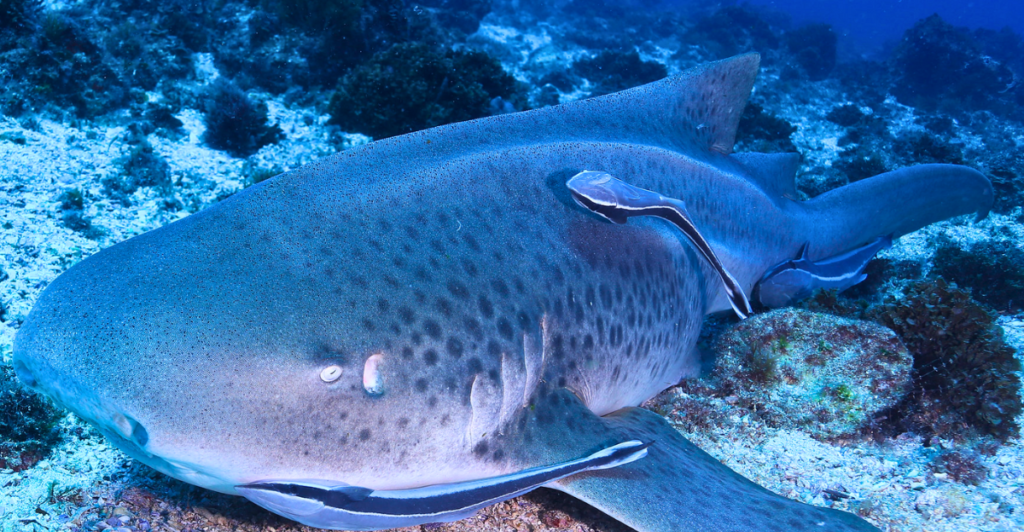
Despite its name, the zebra shark (Stegostoma tigrinum) is more commonly recognized by its spotted adult form. These sharks can grow up to 12 feet in length and are found in the Indo-Pacific region. Zebra sharks are nocturnal hunters, feeding primarily on mollusks and crustaceans, and are known for their gentle demeanor.
The Legacy of Giants: Preserving the Ocean’s Titans
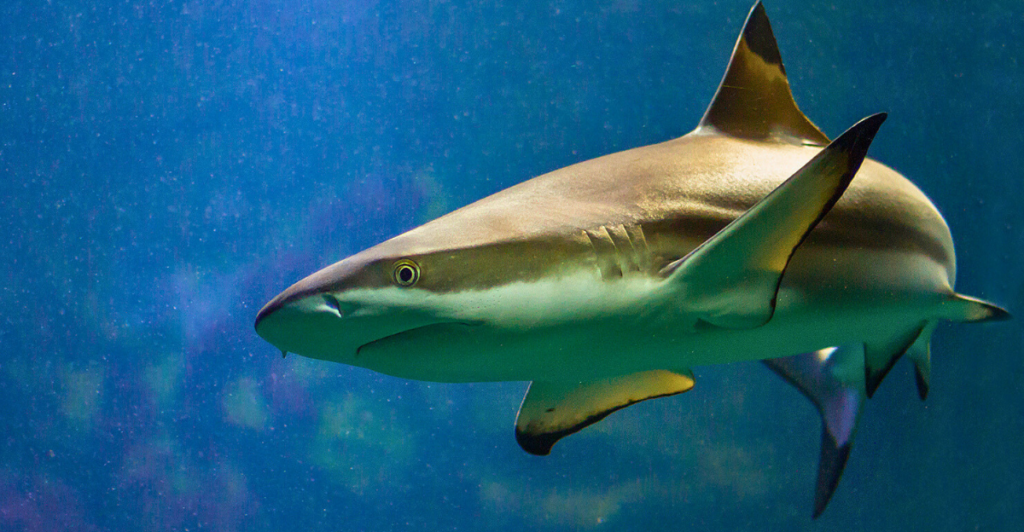
The largest sharks, both past and present, play a crucial role in maintaining the health of marine ecosystems. As apex predators, they help regulate the populations of other species, ensuring a balanced food web. However, many of these magnificent creatures face threats from human activities, such as overfishing, habitat destruction, and climate change.
The Fascination with Sharks Continues
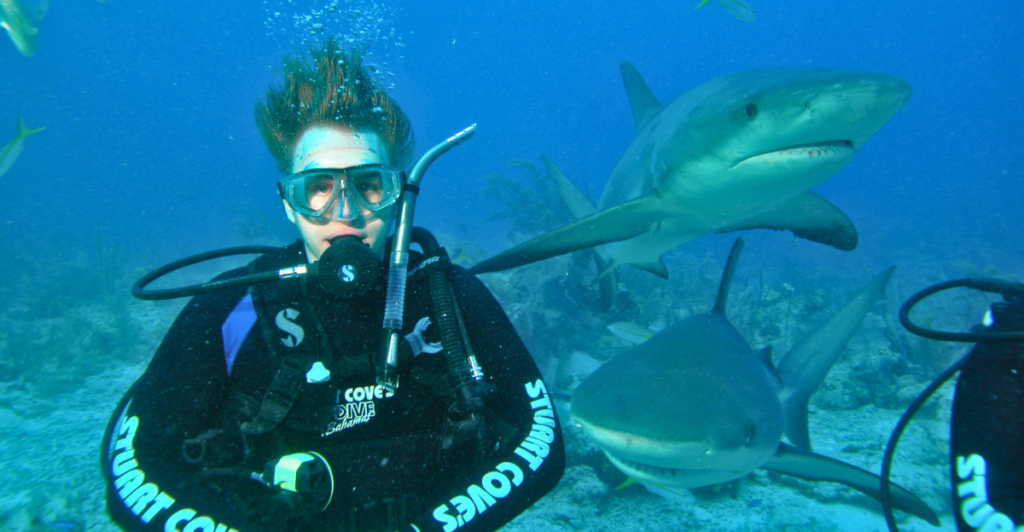
Sharks have long been symbols of the ocean’s mystery and power. The fascination with these marine giants continues to grow as new discoveries shed light on their biology and behavior. Whether feared or revered, the ten largest sharks ever known serve as a reminder of the vastness and wonder of the marine world. Their stories inspire efforts to protect and conserve these incredible creatures for future generations.
Stay connected with us for more stories like this! Follow us to get the latest updates or hit the Follow button at the top of this article, and let us know what you think by leaving your feedback below. We’d love to hear from you!







